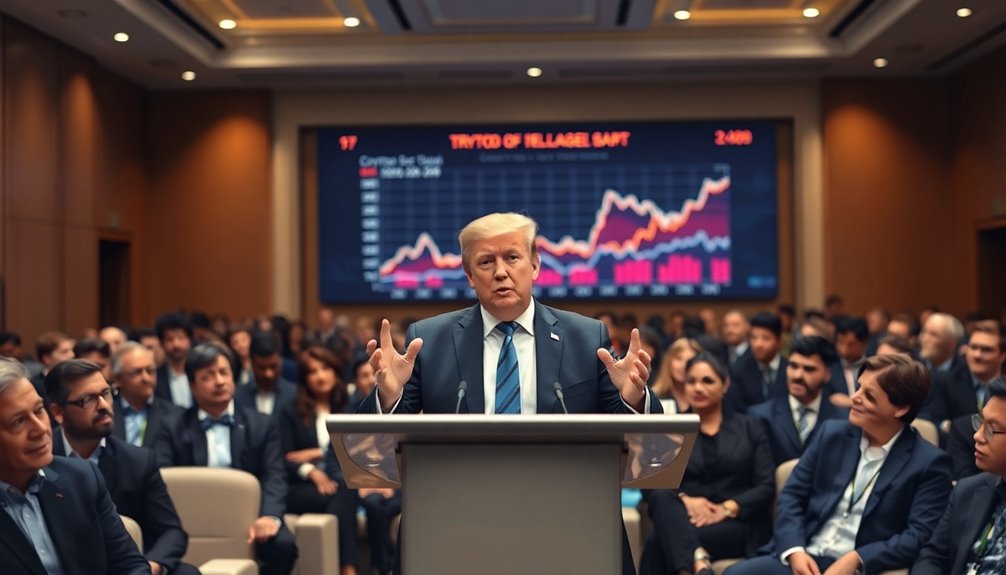Elon Musk's Blockchain Plan to Monitor Federal Spending is gaining traction, aiming to enhance transparency and accountability in government operations. By utilizing blockchain technology, it promises to create a transparent ledger that tracks expenditures, potentially deterring waste and fraud. This initiative could reshape how we view federal financial management. But what challenges might arise in implementing such a revolutionary system? The implications could be far-reaching.

What if blockchain technology could revolutionize how the federal government operates? Imagine a world where every dollar spent by the government is tracked transparently and securely. This isn't just a dream; it's a plan spearheaded by the newly created Department of Government Efficiency (DOGE), led by the visionary Elon Musk. The primary objective is clear: cut costs and eliminate wasteful spending while modernizing federal operations through technological innovation. Recommendations for achieving these goals are expected by July 4, 2026, marking a significant milestone in the push for efficiency.
One of the most promising applications of blockchain technology is its potential to track federal spending. By utilizing a transparent ledger, you could see exactly where taxpayer money goes, fostering accountability within government operations. Imagine being able to trace expenditures back to their source, ensuring that funds are used wisely and effectively. This level of transparency could deter waste and fraud, giving citizens confidence in how their money is being managed. Additionally, DOGE has been in discussions with representatives of public blockchains, indicating a commitment to exploring innovative solutions.
Additionally, blockchain's ability to enhance data security is another compelling reason to embrace this technology. With unauthorized access to sensitive data being a significant concern, blockchain could provide a protective barrier, ensuring that only authorized individuals have access to critical information. This wouldn't only safeguard data but also bolster public trust in government operations.
Payment processing is another area where blockchain could shine. By streamlining transactions, the government could become more efficient in how it handles payments, reducing administrative burdens and costs. This could lead to faster service delivery and a more responsive government overall. Moreover, it could also be applied to infrastructure management, allowing for better oversight of government properties and assets.
Despite these advantages, there are challenges to consider. The feasibility and cost-effectiveness of implementing blockchain on a large scale are still under evaluation. Public blockchains, while transparent, come with their own set of complications, particularly regarding control over ledger entries. Some experts argue that conventional databases might achieve similar results with fewer complications, raising questions about whether blockchain is indeed the best solution.
Legal scrutiny is another hurdle DOGE faces. Compliance with federal advisory committee laws and other regulations could complicate the initiative. Plus, public perception plays a vital role. The novelty and complexity of blockchain may create skepticism among citizens and lawmakers, making it essential for DOGE to communicate clearly about the benefits of this technology.
The initiative aligns with the Trump administration’s digital asset-friendly policies. With other institutions like BlackRock and the California DMV successfully using blockchain, the potential impact of this plan, if executed correctly, could be monumental. Approximately 100 volunteers have already joined the effort to develop software for this initiative, indicating significant grassroots support. As the initiative progresses, it seeks not only to streamline digital asset transactions but also to enhance transparency and security within the financial system. Supporters believe that such advancements align closely with Trump’s vision for bitcoin’s future, promoting its adoption as a legitimate and integral part of the economy. If successful, this could pave the way for further regulatory clarity and innovation in the burgeoning blockchain space.









